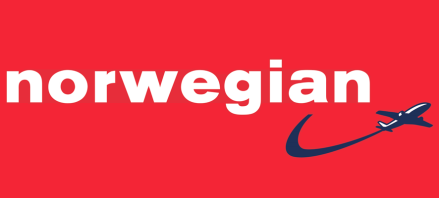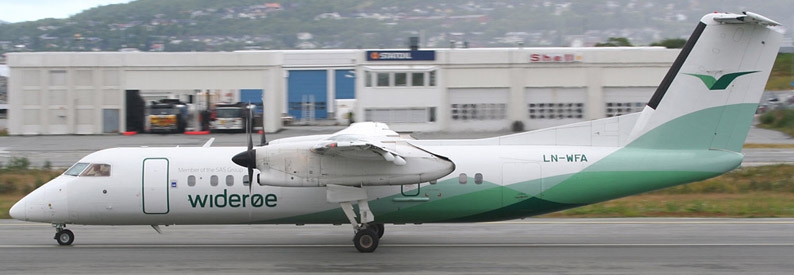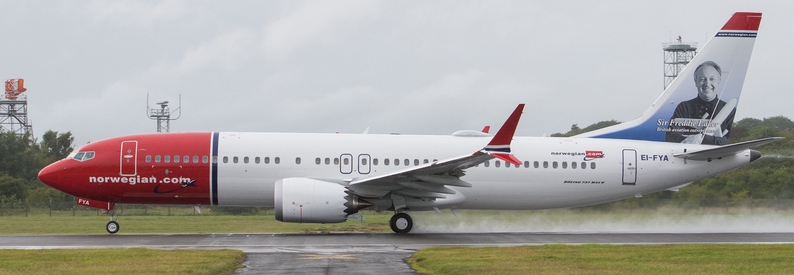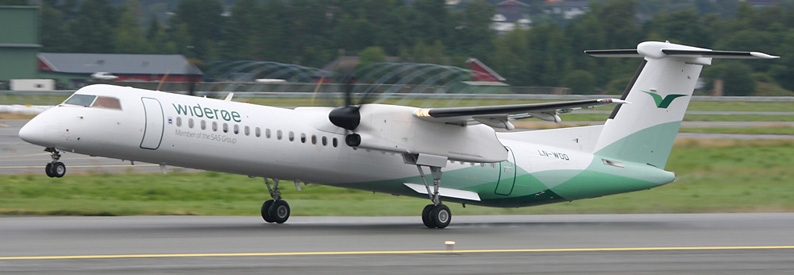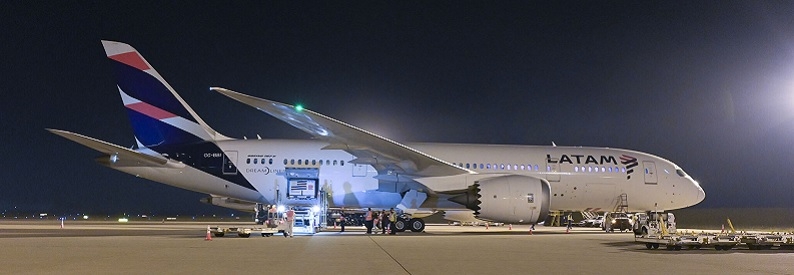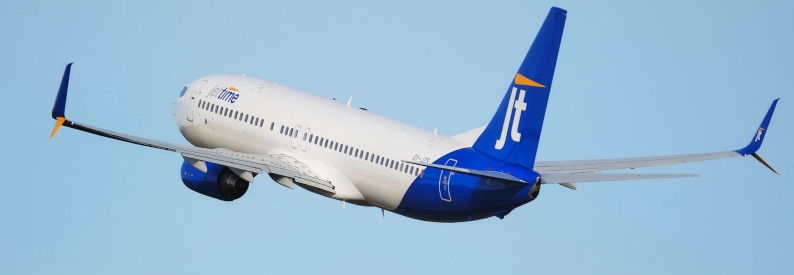Norwegian (Oslo Gardermoen) remains committed to its long-haul network and plans to strengthen its hub-and-spoke business model in the future as it emerges from the fallout of the COVID-19 pandemic as "A New Norwegian", the airline announced in its 2019 annual report.
The low-cost carrier said that its future business strategy would aim to "strengthen short-haul connectivity and frequency to attract higher-paying segments; dominate key leisure destinations; and leverage growth of long-haul operation in/out of Europe to feed short-haul network across Europe".
Norwegian also said that it would focus its long-haul network on underserved routes between Europe and other continents. It would also "strengthen the customers' ability to seamlessly connect at both ends of a Norwegian long-haul flight".
The new strategy was announced weeks after the pandemic-induced crisis forced Norwegian to seek a NOK2.7 billion kroner (USD257 million) state bailout and convert USD1.2 billion debt into equity thus ceding majority control to its lessors. As a part of broader cuts, the airline said that it did not expect to return to full-scale operations earlier than 2022, and even then its fleet would be up to 30% smaller than previously planned - between 110 and 120 aircraft - with a focus on key profitable routes and dropping long-haul services to secondary airports.
In its report, Norwegian said that it would "divest up to 140 aircraft, including both aircraft from existing fleet and aircraft on order".
Norwegian lost NOK1.6 billion Norwegian kroner (USD166.6 million) in 2019. The airline expected to post a net profit in 2020 pre-COVID but withdrew its yearly guidance on March 5 given the scope of market uncertainties.
